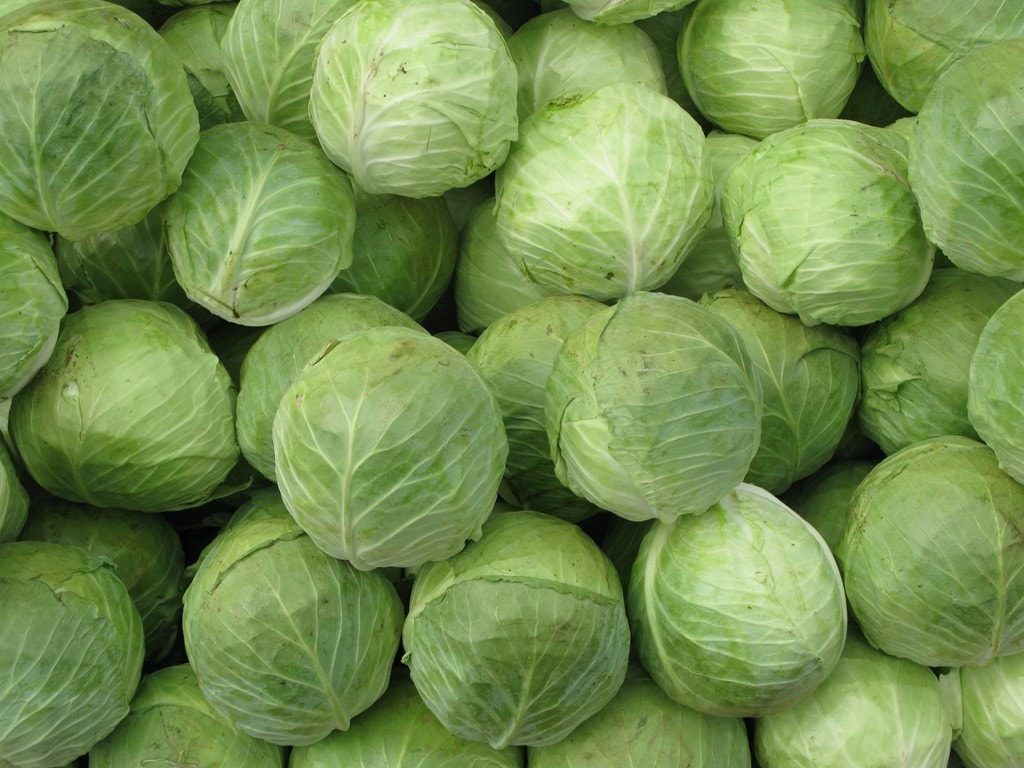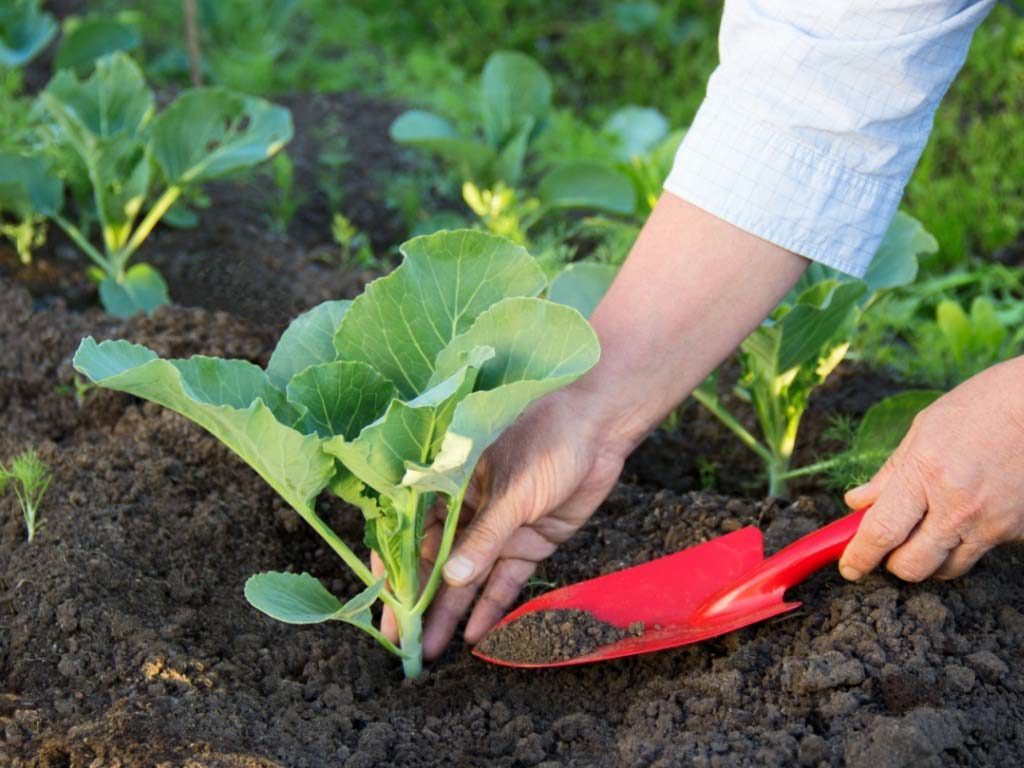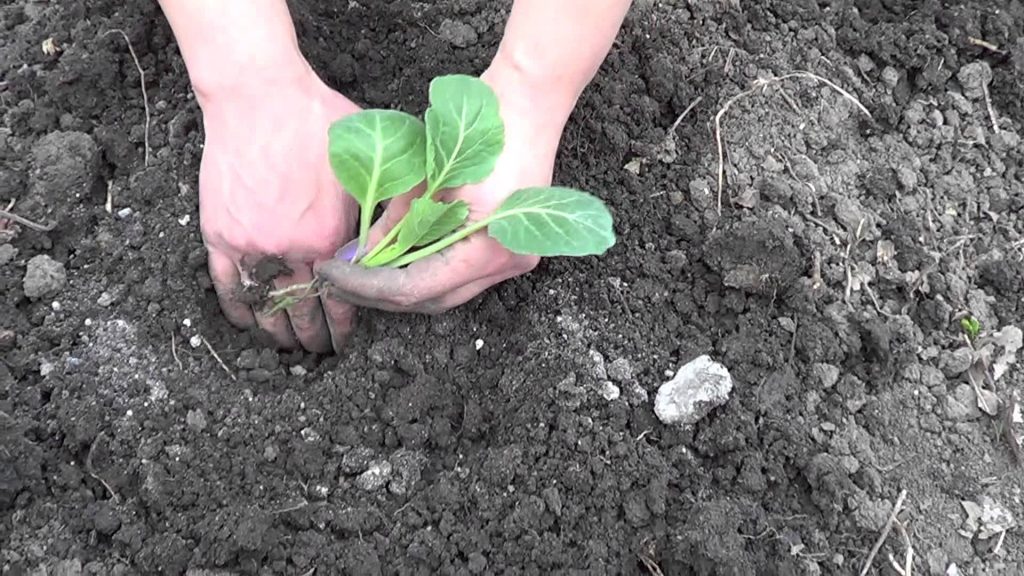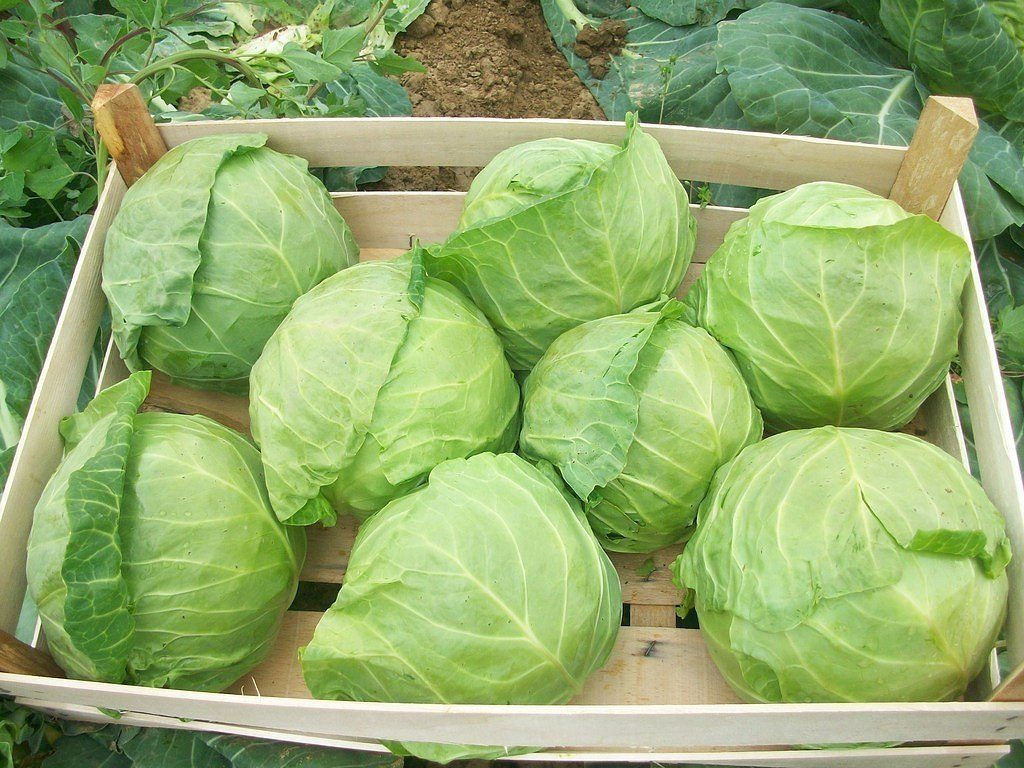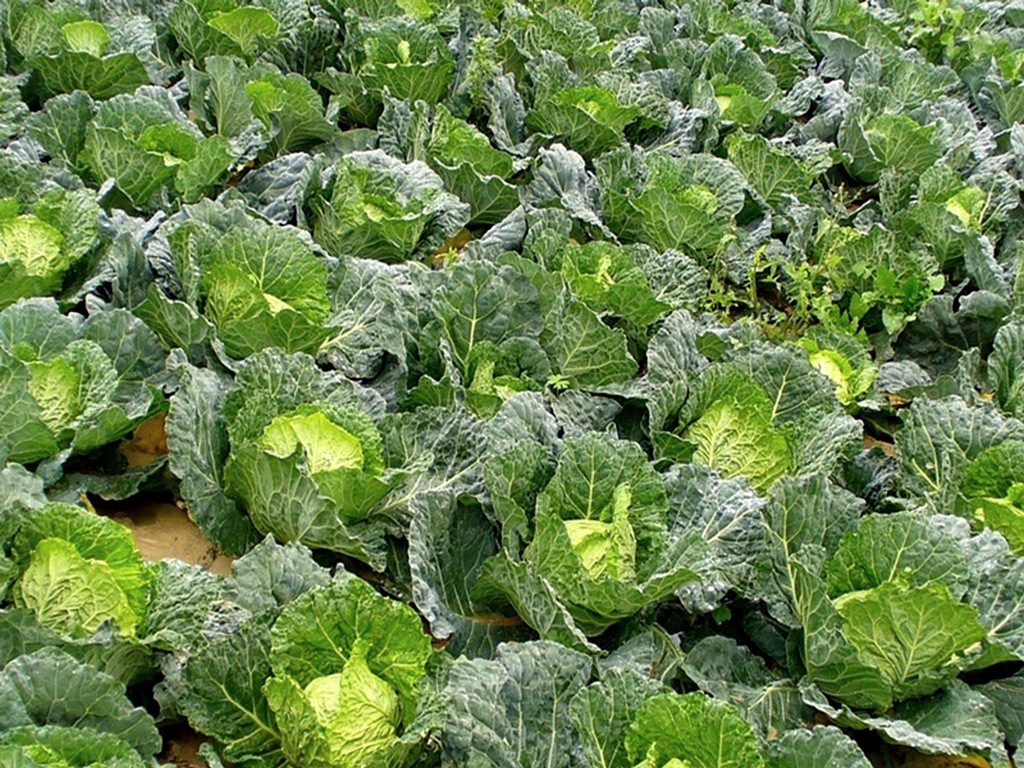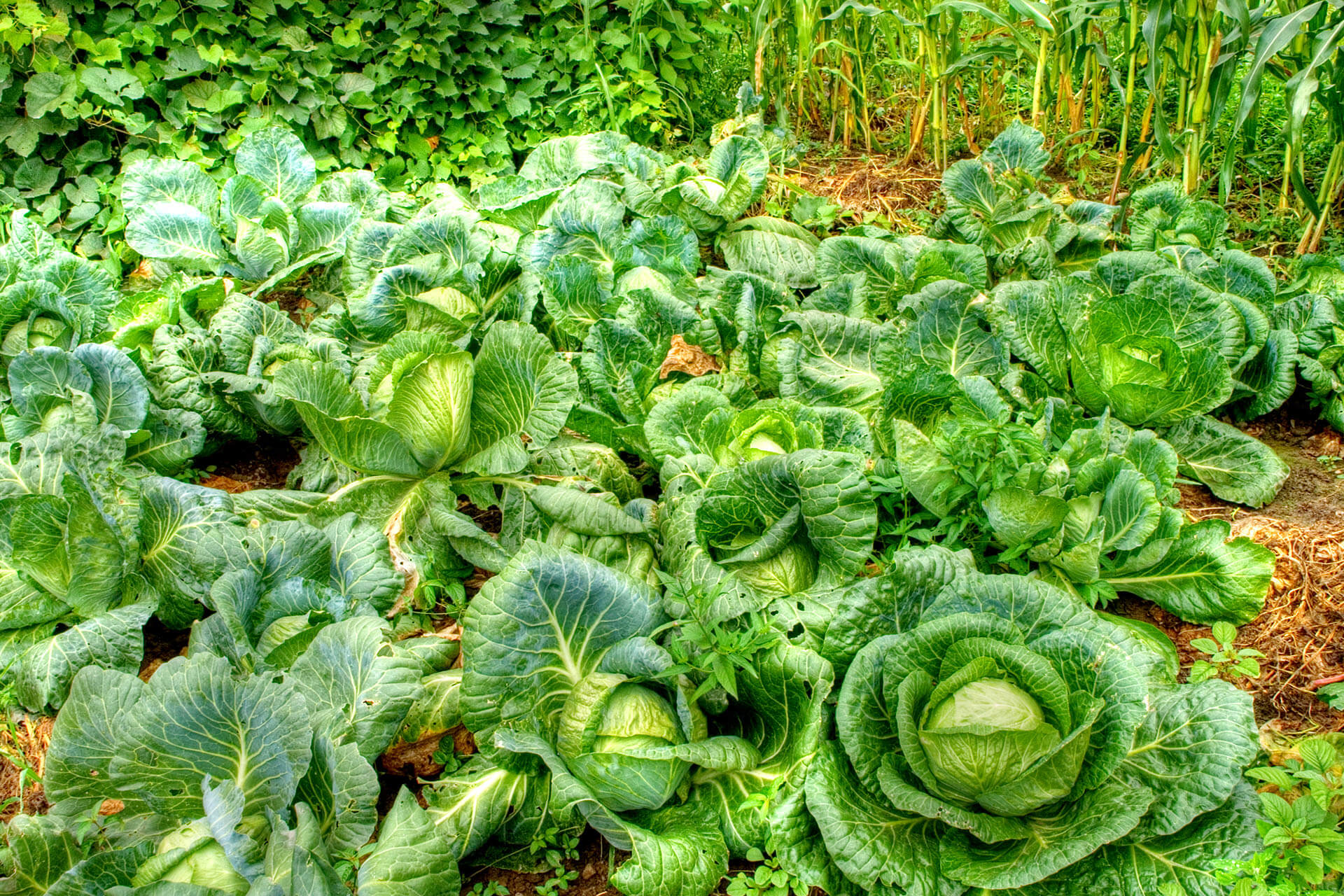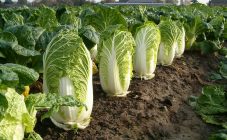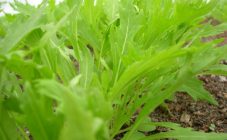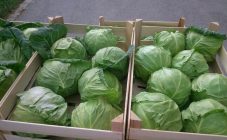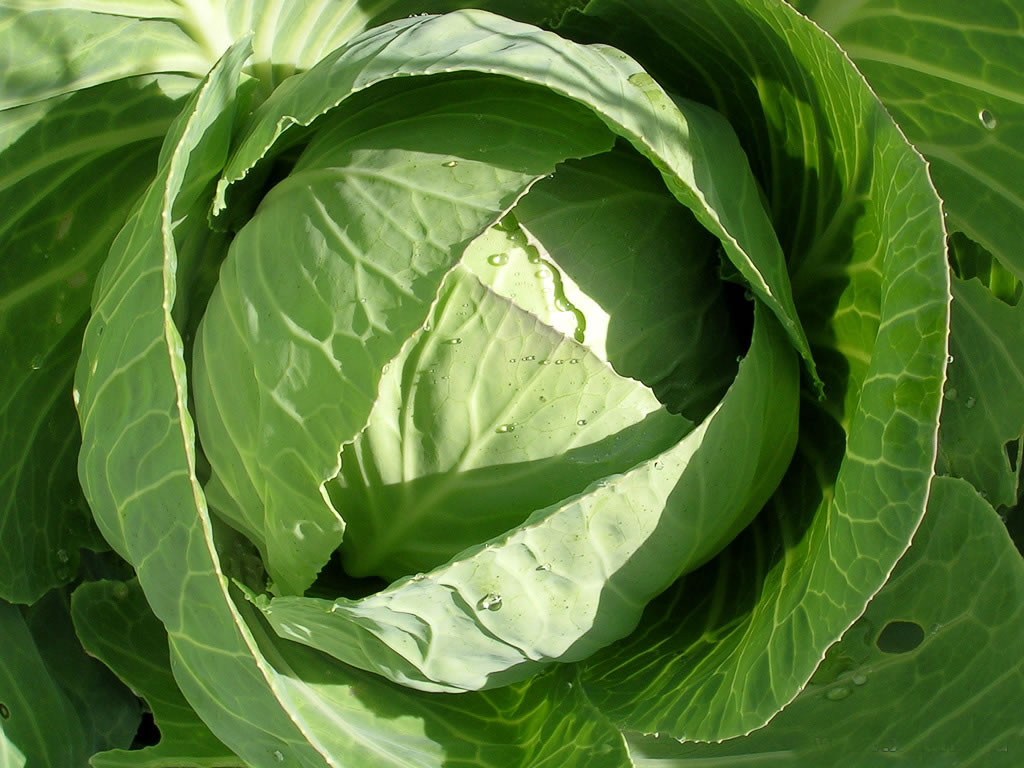Content:
Cabbage and its benefits for people
White cabbage is a biennial herb crop. She belongs to the Cabbage family. The homeland of this vegetable is rightly considered the Mediterranean territories, because from here the plant began to actively reproduce around the world. In Kievan Rus, it was also well known and was grown mainly in small areas. During the first year of the plant's life, its head of cabbage (that is, the head) is actively formed. It looks like a kind of bud and grows on the stem. During the second year of life, a huge main stem begins to form and grows, with a height of up to 1.5 m. Side branches are released from it, yellow flowers sprout on them (in some varieties they have a white or cream color). Cabbage fruit is a pod, with a length of 5 to 15 cm. The seeds are small - about 2 cm in diameter. They can be recognized by their black or dark brown color.
This product is versatile. It can be safely stewed, boiled, baked or eaten raw, as well as made into juices and used for savory pastries. The vegetable is rich in vitamins and nutrients. It contains: fiber, phosphorus, phytoncides, potassium, salt, sugar, enzymes, ascorbic acid, chlorin, magnesium, sodium, beta-carotene, virtually all vitamins of group B, PP, A, K, C, E and much more. ...
Cabbage can bring benefits to a person in any form.
To confirm this, the following properties should be specified:
- The improvement of metabolic processes and hematopoiesis is facilitated by the use of green cabbage leaves.
- Moderate heating of the product contributes to an increase in ascorbic acid in vegetables, which is known to stimulate the immune system, helps to recover faster from viral diseases.
- Sauerkraut contains a large amount of lactic acid bacteria. Once in the human digestive system, thanks to this content, it improves digestion processes, promotes the rapid assimilation of the necessary components and accelerates the excretion of feces.
- Thanks to phytoncides, the fight against microorganisms (including tubercle bacillus, Staphylococcus aureus) is an essential property of cabbage.
- The fiber of the vegetable promotes good bowel function, removes toxins and unnecessary particles from the body.
- Choline helps to establish metabolic processes in fat cells, and therefore helps to quickly cope with the problem of obesity and excess weight.
- Sodium and potassium salts prevent fluid from stagnating in the body, and then ensure the normal functioning of the urinary system.
- For its fructose content, cabbage is considered even healthier than lemon, carrot or onion.
- Cabbage juice is neutral in acidity, and therefore can be used if a person has low acidity.
- Tartonic acid, which raw cabbage contains, prevents sclerotic processes, the appearance of cholesterol.
Caring for cabbage must be correct and constant, then you can count on a healthy and tasty vegetable that can solve many health problems.
Planting cabbage
Sowing
The sowing time for white cabbage directly depends on its variety. So, for early varieties, it is better to choose the period from the first days of March to the twentieth of the same month. For mid-season varieties, the best period will be March 25 - April 25.For late varieties, as a rule, the month of April is chosen. Since frosts can occur during such a period even at night, it is better to sow seeds in a greenhouse or in special containers. Caring owners have been preparing the land for the vegetable since autumn. Ordinary land from the garden is perfect for this purpose. As a fertilizer, you can use a mixture of humus, sod land.
However, in no case should you use the garden land on which cruciferous crops were previously grown.
Before sowing, the seeds of the plant are immersed for about 20 minutes in warm water (up to 50 ° C). Then they are removed and immediately immersed in cold water for another 5 minutes. This is necessary in order to improve the immunity of the plant. Sowing seeds is not complete without preliminary abundant watering of the soil. The optimum depth of immersion of seeds in the soil is 1 cm. Then they are covered with earth and covered with plastic wrap.
For a good result, the seedlings should be kept in a room with an optimal temperature of + 20 ° C during the first days.
If everything was done correctly, then the first shoots should appear on the 4th-5th day. Noticing them, the owner must open the plants and ensure the room temperature is up to 5-10 ° C.
Caring for cabbage seedlings includes:
- picking, or, in other words, transplanting for greater comfort - is performed 10-15 days after the emergence of shoots;
- watering - as needed plants.
Best time to transplant
The plant is transplanted to its permanent place of residence, taking into account its variety.
So, for an early variety, the best period is 04.25-05.05. For the mid-season - the third half of May. For late (winter) - the last week of May-June.
Transfer
It is better to plant seedlings in open ground after the seedlings have at least 5-7 leaves, and the height of the cabbage bush itself reaches 12-21 cm.
The best place for the plant will be a place that is well lit throughout the day. As for the composition of the soil, a sandy base or loam is a good option. For late varieties, clay soil is also suitable. The acidity should not exceed 6.0-7.0 pH.
The site must first be dug well to the depth of the shovel. Next, the ground needs to be leveled and holes made in it. The hole should not be too deep, enough to accommodate the entire root system of the vegetable. At the bottom of the hole, you can pour a handful of peat, sand, twice as much humus and about 50 more g of ash.
The seedlings are placed in their permanent place along with the entire earthy clod. Then sprinkle with moistened earth and press a little with your hands. The first pair of leaves should be flush with the ground.
The planting scheme is different for each variety.
Here are some examples for cabbage varieties:
- Savoyard - 40 cm distance between seedlings and 60 cm - between rows;
- kohlrabi - 30 and 40 cm, respectively;
- broccoli - 30 and 50 cm;
- color - 25 and 50 cm;
- hybrid varieties - 30 and 40 cm;
- early varieties of white cabbage - 30 and 40-45 cm;
- mid-season - 50 and 60 cm;
- late - 60 and 70 cm.
Culture care
Just planting a plant is not enough. For a good harvest, the owners should also learn how to care for cabbage after planting in the ground.
During the first time after disembarking, the garden must be closely monitored. If one of the bushes has not taken root, then it can be immediately replaced with another (for this, the owner must leave a certain reserve of seedlings).
Answering the question of how to care for cabbage, it is worth mentioning at least 4 main works that the owner will have to do:
- Watering. To avoid scalding the leaves, it is best to water in the evening. If the weather is cloudy, watering every 5-6 days is enough. If it is quite hot and sunny outside, then every 2-3 days.
- Top dressing.The first time is carried out 7-9 days after disembarkation. A good option for the procedure would be a mixture of: superphosphate (about 3-4 g), potassium fertilizer (1.5-2 g), ammonium nitrate (1.5-2 g). All this must be dissolved in 1 liter of water. This amount of fertilizer should be evenly distributed over 50-60 seedlings. The next feeding is carried out approximately 15-17 days after the first. The number of these ingredients for the same number of seedlings is doubled.
- Mulching. To prevent the soil from drying out, you can use a thin layer of peat.
- Treatment. Since the head of cabbage is used as a food product, it is very undesirable to process it with pesticides. The fight against slugs and fleas can be carried out with the help of ash and tobacco dust, which are lightly sprinkled on the plant. Pests such as aphids and caterpillars can be controlled with an infusion of onion peels.
How to distinguish between early and late varieties
One of the most common questions asked by gardeners is how to distinguish early cabbage seedlings from late cabbage. Answering the question, first of all, it should be said that the life expectancy of early and late varieties is very different. So, from the moment of disembarkation of the first, it takes about 130-150 days to obtain full-fledged large heads. For the second, it will take up to 170 days. Very late varieties take up to 6 months to form a full-fledged vegetable with a head of cabbage. Thus, if the gardener confuses the seedlings, he will immediately notice that the plant is not developing properly: either it grows rapidly or too slowly.
Experienced farmers discover a few more secrets that will help beginners not to be confused and choose the right variety by type:
- In most cases (but not always), the leaves of early cabbage are greener, sometimes emerald green. In later varieties, the leaves are covered with dullness, bluishness.
- You can distinguish between late and early cabbage by the density of the placed leaves. In the former, the leaves are rarely placed, and in the early varieties, they are densely and close to each other.
- You can find out the variety by looking at the leaves:
- white-headed leaves are thin and delicate;
- in reddish - with a noticeable reddish tint;
- in the Savoy, with small blisters, uneven;
- in kohlrabi, the root crop is thicker than in other varieties, and the more time passes, the more noticeable this change becomes;
- in colored ones - the leaves are rounded.
You can check the quality of the seedlings by shaking the seedling bush. A strong and healthy plant will retain soil on the roots.
As is clear from all that has been said above, a product such as cabbage is especially useful and satisfying; planting and caring for her, while difficult, is worth the effort. In order to fully provide yourself with this vegetable, you can plant several varieties with different ripening periods in the garden.
